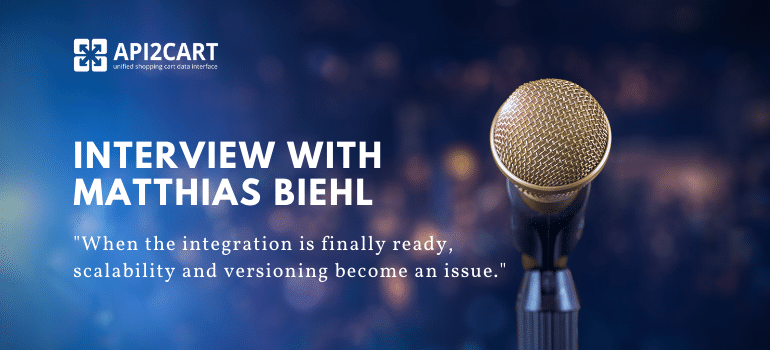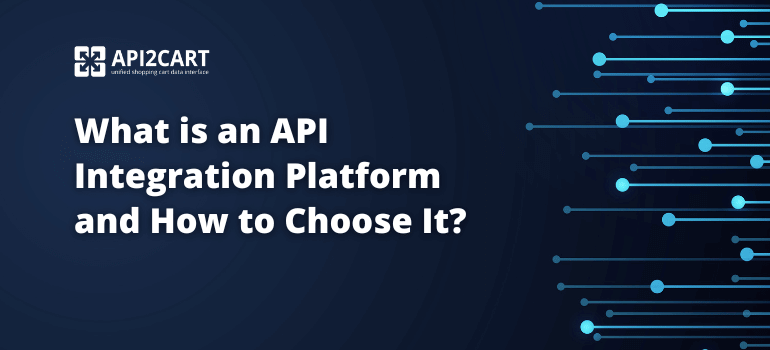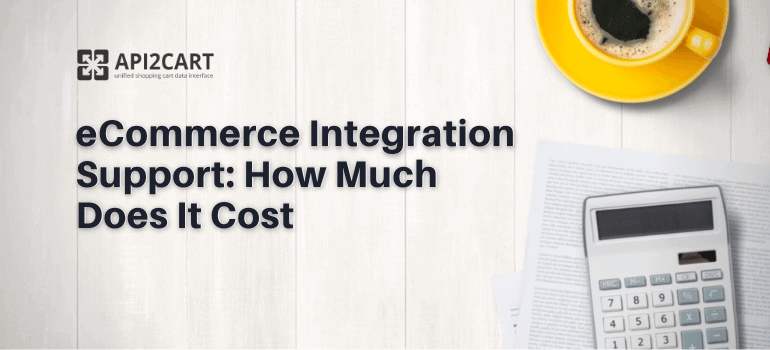
Matthias Biehl about API Strategies, Integration Challenges and Future
We are back with a new interview, this time with Matthias Biehl (@mattbiehl), API Integration Architect, Innovation Catalyst, and Author and Advisor at API University. He likes to use his extensive background in technology and software engineering to educate and help companies bring innovative software solutions to the market. You may have also seen him speaking at technology conferences and read his publications on software architecture.
Matthias, thanks for joining us today. To start off, tell us a bit about your background in IT and software engineering. How did you find yourself into technology?
I learnt to program as a kid, got a Turbo Pascal compiler and have been hooked on technology ever since. Nowadays, the projects got customers, are bigger and use different technology, but the passion for IT and software engineering is still the same as with that old Pascal compiler.
You can boast of extensive expertise in API strategy, architecture, and security that has helped many companies achieve their goals. The API-University has contributed to the success of many too. Could you tell us a bit about the project?
Digital transformation and APIs have changed how software is built, and they are now starting to change how business is done. The people who are in charge of initiating, designing or running an API initiative, have a big responsibility. And building APIs your consumers will love is easier said than done.
During my consulting engagements, I have seen some of the typical challenges of building and using APIs. So I have built API-University to lend a hand. API-University makes these experiences, best practices, lessons learned and practical know-how available to everyone.
You have consulted companies on various matters, including software integration. What are the main difficulties that businesses encounter in the integration process? What about those after the integration is ready?
You are right, there is a long list of integration challenges, more than I can mention here. It starts when finding the right service to integrate, learning about it via documentation, and customer onboarding to obtain credentials. My checklist: Is it easy to discover the service? Is the documentation understandable and engaging? Can customers obtain their credentials in a self-service mode?
When implementing the integration, the devil is usually in the detail. Security is one of the most typical challenges. Going to standards and best practices usually help a lot. And when the integration is finally ready, and the traffic starts growing, scalability and versioning become an issue.
To get a bit more specific, what piece of advice would you give to B2B vendors integrating with shopping carts? How do they get the most of their integrations?
The simplest types of integration I have seen so far, are integrations via API, so I would recommend integrating your shopping carts via API.
As an active speaker, author, lector, and consultant, you are exposed to the most recent trends in the field of the API economy. Would you mind sharing some with our readers?
I observe an interesting mind shift regarding APIs. APIs come from the technology side. But quite recently APIs have evolved from "something that the techies do" to a product with serious business value. The IPOs of API-based companies, such as Twilio, are examples of that mind shift.
And finally, what does the future hold for APIs?
In the future, we will see new business models that are enabled by APIs and more API-based companies. In the year 2000, we expected that every company had a website. In 2010 we assumed that every company had an app. In the future, we will expect that every company will offer an API.
--
That is it for this episode. We want to thank Matthias for finding time to share his insights. 🙂 We also wish him and our readers the best of luck and inspiration.



